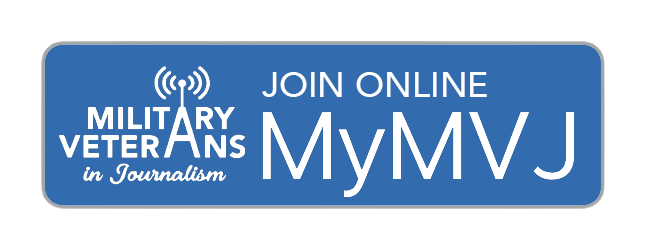by Allison P. Erickson
Journalists learned to use the latest digital resources from the Google News Initiative during the MVJ 2021 Convention. Mary Nahorniak, teaching fellow with the Google News Lab program, highlighted search modification, viewing, and support tools.
Google News Lab, with its mission to “to collaborate with journalists and entrepreneurs to drive innovation in news,” uses the Alphabet Inc. subsidary’s behemoth search, artificial intelligence (AI), and machine learning technologies to power a resource platform packed with relevant news industry research tools. “All the tools are free, all the trainings are free. This is Google’s effort to support and connect with journalists,” Nahorniak said.
Nahorniak covered five specialized search engines: Google Scholar, Dataset Search, Public Data, The Common Knowledge Project, and Fact Check Explore. For each tool, Nahnorniak framed the tool’s specific usefulness in the process of story development or refinement.
For example, she described Google Scholar as a great place to begin background research, as the tool essentially searches through two sets of material. The results usually return a starting point to find experts with nuanced perspectives on topics.
With Public Data, researchers can search for existing datasets from other organizations and begin to grasp the larger picture of a story.
““Every data point is a story. These are all people behind this,” Nahorniak said, referencing a graphic comparing two data sets. “[When you are] starting to wrap your arms around a concept, this a great place to do it from a data perspective…I love that site for a little bit of backgrounding.”
She demonstrated advanced search tools like searching a specific file type intended to help save researchers time and effort. Stars and Stripes Middle East Reporter J.P. Lawrence said, “I’m most interested in using Google to find military powerpoints used in training. I know a lot of data is conveyed via powerpoints.”
Nahorniak taught attendees to use Fact Check Explore to get a sense for information being shared in an area. In the cases of misinformation, journalists may feel compelled to write a clarification for the record, and Fact Check Explore helps winnow the wheat from the chaff.
Nahorniak also trained the group on Pinpoint, a tool for identifying information buried in a document or set of documents. The tool includes an audio transcription service reporters can use to convert audio from interviews into searchable text.
““Let the tool do the heavy lifting so that you can spend your time and energy on the things that only you can do, writing, creating, interviewing, searching for stories, searching for angles,” Nahorniak said.
After a hands-on demonstration with the Google Earth Timelapse feature, which Nahorniak described as adding the fourth dimension of time to data, participants came away with ideas to grab military-adjacent visual shapers. One participant suggested using the tool to view growth around military bases over time.
The tools are free and accessible both through the Google News Initiative Training Center and through other resources shared by Nahorniak. Reporters will need to request access to Pinpoint.



